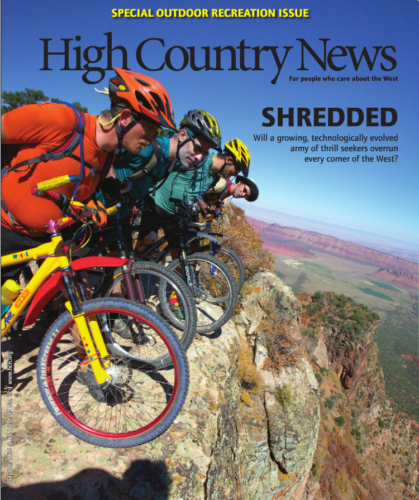
Can Human Judgment Handle the Backcountry?
For the past three years, one incident in the Alaska backcountry has haunted me. On a slightly overcast day in Prince William Sound, while skiing virgin slopes with the help of a chartered yacht (yes, it was an awesome assignment), I watched as my ski guide was nearly swallowed by a 1,500-foot-wide avalanche. With the help of his airbags, he emerged unharmed, thank the powers that be. But in the winters since then, the accident replays itself in my mind. I continually wonder: What could we have done better?
Avalanche science is a tricky business, but it’s not exactly astrophysics. We know the basic conditions that lead to a high likelihood of avalanches. What’s a bigger mystery is the way in which human beings make decisions while traveling in risky terrain. Evidence suggests that our decisions are heavily informed by a consortium of mental shortcuts, biases, and beliefs known as the human factor. What could a better understanding of the human factor teach us about avoiding these disasters? I explore my own experience and new research on the topic in a new essay in High Country News, my first story for the venerable environmental publication. I’m honored to be a part of it.